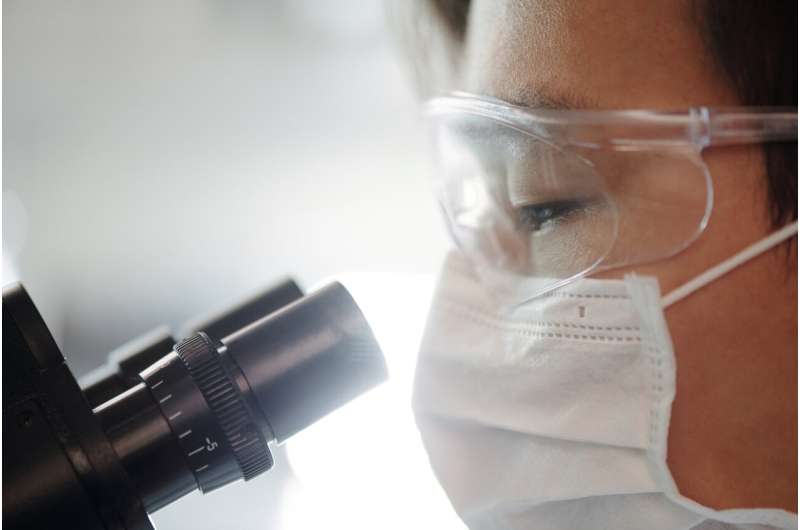
A study documenting experiences of Australian health researchers and science communicators during the COVID-19 pandemic shows a shared concern regarding the contribution of long neglected issues in the research and media landscape that led to misinformation.
The combination of an urgent need for new data and understanding of the pandemic with intense public interest meant the spread of misinformation became particularly intense.
“During the COVID-19 pandemic, the public have received a crash course in science and information literacy, with growing understanding of what constitutes robust and high-quality research,” said Dr. Parker.
“To prevent or reduce misinformation, key changes are needed, from within the research community, academic and media publishing systems and government funding processes.”
Published in BMJ Open Science, University of Sydney researchers sought to identify and analyze the views of science knowledge experts about the spread of science misinformation during the COVID-19 pandemic.
They interviewed experienced, early to mid-career researchers and science communicators involved in biomedical research.
In the complex flow of health information—from generating science to then communicating research to the general public, the interviewed participants stated there were multiple factors, or ‘triggers’ that could lead to misinformation.
This included the production of fraudulent or biased science research, ‘publish or perish’ research culture, inadequate training in research misconduct, problems in the academic publishing system and lack of public access to high quality research.
The loss of specialist science journalists who can explain and critically evaluable scientific studies, and lack of skilled communicators who can translate scientific jargon also played a part.
There are existing studies on misinformation during the COVID-19 pandemic, however the paper offers a snapshot of the Australian health information landscape.
The paper also includes recommended strategies for change, which include increased oversight of research quality in academic institutions and publishing houses.
The authors say the COVID-19 pandemic is also the ‘perfect time’ to develop research, specific policies and practical tools to prevent or reduce misinformation before the next crisis.
This will require collective action from scientific research institutions, academic publishing systems, the media and public funding agencies.
“The spread of misinformation in public health and science is not a new problem, nor are the concerns raised in health research and communication,” said lead author Dr. Lisa Parker, from the Charles Perkins Centre and School of Pharmacy at the University of Sydney.
“However, the goal of this study was to explore views and experiences of science researchers and communicators about misinformation. It showed widespread concern about the ongoing problem of misinformation, which has been such a prominent feature in the current pandemic.
“There is a huge public interest in scientific discovery and the need for adequate funding, and growing awareness about the problem of misinformation.”
“Triggers’ of misinformation
Using the insights from the participants, the paper mapped out the pathway of scientific information from the health research community to the general public.
The authors also collated an extensive list of causes of misinformation that collected around particular points along the pathway: science production, science communication and target audience access and interpretation.
Key insights included:
- Science production can be of poor quality or biased; triggers for ‘bad science’ include:
- Institutional pressure to publish academic papers.
- High competition for academic science jobs.
- Systemic bias from widespread industry funding.
- Questionable research practices, such as recruiting participants until results are statistically significant then stopping.
- Science communication and access problems include:
- Inadequate access—lack of access to high quality research that is free, understandable and timely.
- Publication bias, such as only publishing results favorable to funders or political leaders.
- Impenetrable language and concepts and loss of specialist science journalists and communicators to translate for the public.
- Peer review system is inefficient and lacks transparency.
- Academic journal publication paywalls.
- Conflicting views on whether pre-prints (papers released prior to formal peer-review) are part of the problem.
- Audience access and interpretation issues:
- Many use unreliable and algorithm-driven resources for science news.
- A need for better education for the public about where to find and how to evaluate good science.
- Scientists not always trained to use engaging communication tools.
- More could be done to encourage greater public understanding about the scientific process.
- People expect certainty and immediate answers in science.
Source: Read Full Article
